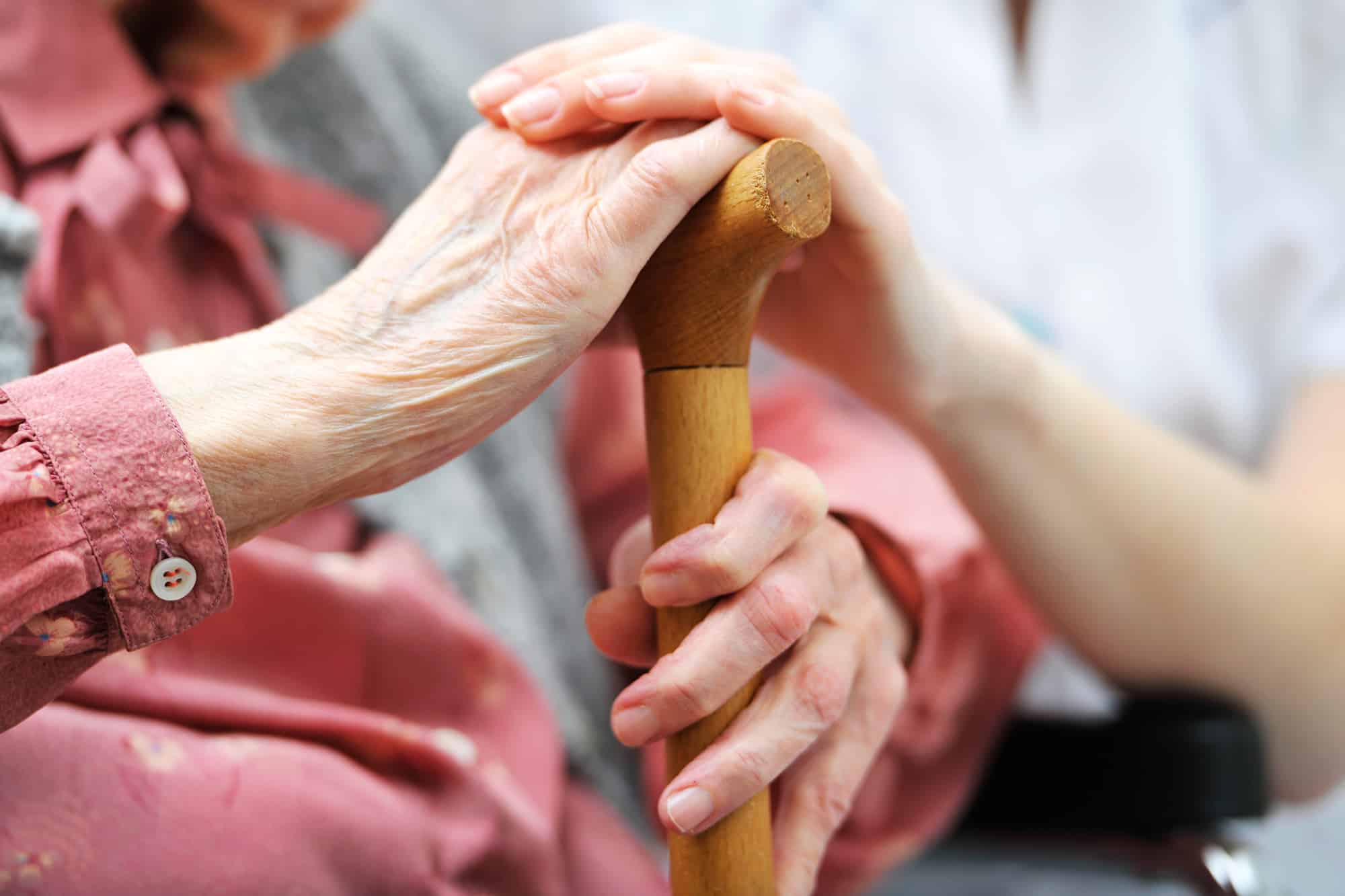Trick Factors To Consider for Family Members When Choosing Appropriate Senior Treatment Solutions for Their Aging Loved Ones
Selecting proper elderly treatment solutions for aging relatives is a nuanced procedure that needs mindful factor to consider of several factors. The assessment of available treatment optionsâEUR" ranging from in-home assistance to specialized facilitiesâEUR" must be stabilized with an understanding of financial effects and safety and security issues.
Assessing Individual Requirements

In addition, emotional and social needs play a considerable function in the well-being of seniors. An analysis ought to consider the person's desire for social interaction, leisure activities, and assistance systems. Family characteristics and the accessibility of casual caretakers should also be factored into the equation, as they can influence the sort of care that is most suitable.
Examining Care Options

In-home treatment supplies the benefit of familiar environments and customized interest, which can enhance comfort and psychological health. Conversely, helped living centers provide a structured setting with accessibility to on-site treatment and social activities, cultivating area interaction. Nursing homes accommodate those requiring extensive clinical supervision, while grown-up day care programs permit elders to participate in social tasks throughout the day, offering reprieve for family caregivers.
It is crucial to examine the staff certifications, center licensing, and offered solutions in each alternative. Additionally, family members must seek comments from existing residents or clients and review the total online reputation of the treatment providers. Eventually, selecting the best care alternative is an essential decision that needs to reflect an equilibrium between the senior's requirements, safety, and quality of life.
Comprehending Costs and Spending Plan
Navigating the monetary landscape of elderly treatment can be complex, as numerous alternatives included differing costs that can considerably influence a family members's budget plan. Recognizing these expenses is crucial for family members to make educated decisions concerning take care of their aging relatives.
Typical senior treatment options include in-home treatment, helped living facilities, and retirement home, each with its own pricing framework. In-home care normally bills by the hour, while assisted living frequently includes monthly rental fee plus additional solution fees. Assisted living facility typically have higher charges because of the extensive medical care provided. It is crucial to think about not just the base costs but additionally any kind of hidden costs that may arise.
Additionally, households must examine their funds, including insurance policy protection, government aid programs, and personal cost savings. Long-lasting treatment insurance policy may cover particular solutions, which can ease some financial worries. Developing home care orlando a thorough spending plan that lays out anticipated costs can assist households recognize the most appropriate treatment option while guaranteeing they remain within their economic ways. By adequately comprehending the expenses related to each alternative, households can much better browse this essential aspect of senior treatment planning.
Ensuring Safety And Security and Protection
Making sure the security and safety of seniors is paramount in any type of treatment setting, as their vulnerability usually needs elevated focus and safety actions. Households need to analyze the physical setting of potential treatment facilities, looking for features such as protected entries, well-lit hallways, and obtainable emergency situation leaves. Additionally, the presence of safety and security tools, such as grab bars and non-slip floor covering, can considerably minimize the risk of mishaps.
Background checks on workers also make certain that citizens are cared for by reliable individuals. Checking systems, individual emergency situation response systems (PERS), and drop discovery devices supply peace of mind for family members and instant assistance for seniors.
Finally, open communication networks between families and care carriers are necessary. Routine updates relating to the well-being of elders, together with a transparent approach to care strategies, can foster trust and make sure that security stays a central emphasis in the care given. By focusing on these elements, households can make informed choices that protect their aging loved ones.
Involving Household in Decision-Making

Family members need to start by honestly connecting concerning the various treatment options readily available, such as at home care, assisted living, or nursing facilities. It is vital to analyze the details needs of the aging loved one, consisting of clinical needs, flexibility, and social interaction. By entailing all relevant relative, various point of views and understandings can be collected, resulting in even more informed decisions.
In addition, family members participation aids in recognizing possible caretakers and developing a support network. Regular family meetings can help with ongoing conversations and adjustments as demands alter, enabling family members to continue to be responsive to the advancing conditions of their enjoyed one. Inevitably, a joint decision-making process motivates a feeling of shared duty and makes certain that the picked treatment solution straightens with the family members's vision for their aging relative's health and dignity.
Conclusion
Finally, choosing ideal elderly care options requires a complete evaluation of specific needs, offered care alternatives, and linked expenses. Focusing on safety within the living atmosphere and cultivating family members participation in decision-making processes better boosts the performance of treatment. By straightening care selections with the aging relative's medical history, emotional needs, and personal choices, family members can produce a helpful network that advertises well-being and sensible living for their loved ones in their later years.